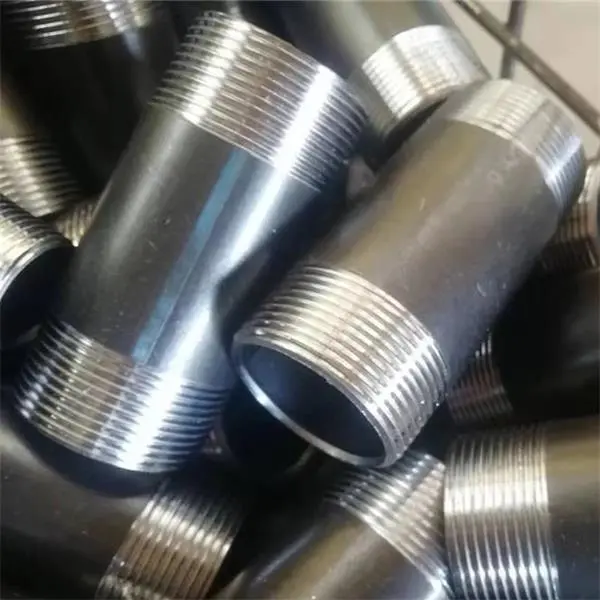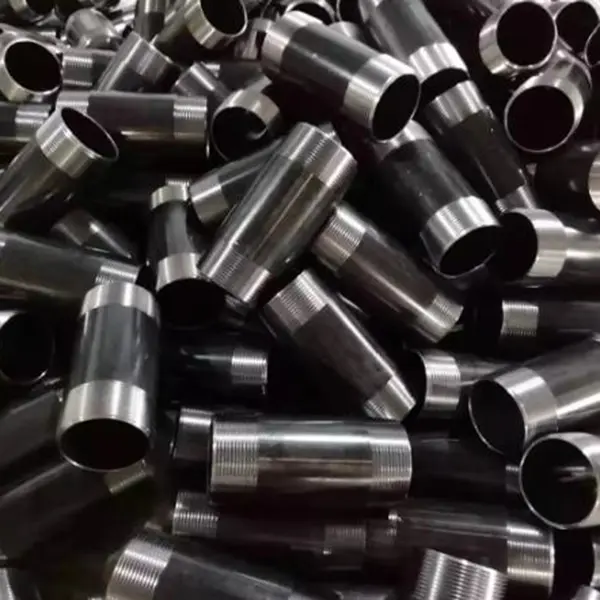- Afrikaans
- Albanian
- Amharic
- Arabic
- Armenian
- Azerbaijani
- Basque
- Belarusian
- Bengali
- Bosnian
- Bulgarian
- Catalan
- Cebuano
- Corsican
- Croatian
- Czech
- Danish
- Dutch
- English
- Esperanto
- Estonian
- Finnish
- French
- Frisian
- Galician
- Georgian
- German
- Greek
- Gujarati
- Haitian Creole
- hausa
- hawaiian
- Hebrew
- Hindi
- Miao
- Hungarian
- Icelandic
- igbo
- Indonesian
- irish
- Italian
- Japanese
- Javanese
- Kannada
- kazakh
- Khmer
- Rwandese
- Korean
- Kurdish
- Kyrgyz
- Lao
- Latin
- Latvian
- Lithuanian
- Luxembourgish
- Macedonian
- Malgashi
- Malay
- Malayalam
- Maltese
- Maori
- Marathi
- Mongolian
- Myanmar
- Nepali
- Norwegian
- Norwegian
- Occitan
- Pashto
- Persian
- Polish
- Portuguese
- Punjabi
- Romanian
- Russian
- Samoan
- Scottish Gaelic
- Serbian
- Sesotho
- Shona
- Sindhi
- Sinhala
- Slovak
- Slovenian
- Somali
- Spanish
- Sundanese
- Swahili
- Swedish
- Tagalog
- Tajik
- Tamil
- Tatar
- Telugu
- Thai
- Turkish
- Turkmen
- Ukrainian
- Urdu
- Uighur
- Uzbek
- Vietnamese
- Welsh
- Bantu
- Yiddish
- Yoruba
High-Quality Galvanized Steel Pipe Nipple - Durable & Corrosion Resistant
Contact: hbgain@aliyun.com | 86-15128155291
Address: Malleable Iron Zone, Shijiazhuang, Hebei, China




Industry Overview: The Role of Galvanized Steel Pipe Nipple in Modern Piping Systems
In the rapidly evolving world of industrial piping and fluid transportation, the galvanized steel pipe nipple has become an indispensable union for contractors, engineers, and end users globally. Whether it is for residential plumbing, industrial fluid distribution, fire protection systems, or agricultural irrigation, galvanized threaded nipple and nipple barrel galv 15mm serve crucial roles in connecting pipes securely and reliably.
The global market trend reveals an increasing preference for corrosion-resistant, highly durable piping connectors like galvanized pipe nipples. According to the American Pipe Institute, galvanized fittings are set to dominate the industrial fittings market owing to their longevity and adaptability in both high-pressure and corrosive environments.
Product Focus: Galvanized Steel Pipe Nipple - Barrel Nipple Fittings ASTM A53
- Product Name: Barrel Nipple Fittings ASTM A53
- Size Range: 1/4” – 6”
- Length: 10cm – 180cm
- Thread Specifications: BSPT, NPT
- Packing: 10pcs/small PVC bag with label, in cartons
- Delivery Time: 10–30 days (depending on quantity)
- MOQ: 10 cartons
- Product Link: https://www.szpipefitting.com/barrel-nipple-fittings-product.html
Core Technical Parameters of Galvanized Steel Pipe Nipple
| Parameter | Specification Range | International Standard | Notes |
|---|---|---|---|
| Material | ASTM A53 / Q235 / Q195 / Q345 | ASTM, EN, DIN | High-strength carbon steel, seamless or welded |
| Thread Type | BSPT (ISO 7/1), NPT (ANSI B1.20.1) | ISO, ANSI | Machined threads for sealing |
| Surface | Hot-dip galvanized (HDG), Electro-galvanized | ISO 1461 | Anti-corrosion zinc layer |
| Size | 1/4” ~ 6” (DN8~DN150) | ISO 49, EN10241 | Customizable length per order |
| Thickness | 2.0mm – 6.0mm | ASTM A53 Grade A/B | Wall thickness per design |
| Pressure Rating | Up to 300 PSI | ISO 9001:2015 | Medium/high-pressure systems |
| Temperature Tolerance | -30°C ~ 350°C | ASTM A53 | Industrial & extreme environments |
Technological Trend Visualization: Barrel Nipple Fittings ASTM A53
Applications of Galvanized Steel Pipe Nipple & Industry Demand Trends
- Industrial Process Piping: Used for steam, air, oil and water transmission across refineries, chemical plants, and power industries (Engineering Toolbox).
- Water Supply Systems: The anti-corrosive property ensures longevity and safe transport of potable water.
- Fire Protection Networks: Galvanized threaded nipple is critical for robust, pressurized sprinkler networks.
- Natural Gas & Oil Pipelines: Resistance to leakage and corrosion is valued in the energy sector (American Gas Association).
- Agricultural Irrigation: Durability suits remote field deployment and variable weather.
- HVAC & Mechanical Installations: Used to connect major system runs and inlet/outlet designs.
- Retrofitting & Repairs: Replacing or extending lengths in legacy piping, minimizing downtime.
- Customized Fabrication: Special applications require cut-to-length or threaded barrel nipples.
7 Common Technical FAQs about Galvanized Steel Pipe Nipples
Why Trust Hebei Gain Trading Co.,Ltd. for Galvanized Steel Pipe Nipple Supplies?
- Factory-direct pricing and large-scale capacity for urgent and bulk orders
- Rigorous quality control to comply with ASTM, ISO, and EN standards
- Custom solutions (cutting, threading, packaging) tailored to engineering needs
- Technical support from an experienced engineering and sales team
- Strong global customer portfolio and reputable project references
- Rapid shipment from Malleable Iron Zone, Shijiazhuang, Hebei, China, to over 60 countries
Industry Trends: Market Growth & Future Outlook
Industry platforms like Forging Magazine predict global demand for galvanized steel pipe nipple will continue to rise due to expanding infrastructure, green energy projects, stricter hygiene requirements, and retrofitting of aging pipelines.
The shift toward smarter fabrication, precise automated threading, and environmentally responsible hot-dip galvanizing techniques will further enhance product quality and sustainability. Market share of barrel nipple galv 15mm for potable and HVAC applications is also expected to expand rapidly in Asia, Africa, and South America.
"The efficiency, cost-effectiveness, and reliability of modern galvanized steel pipe nipple fittings make them the first choice for engineers worldwide." — Pipelines International
